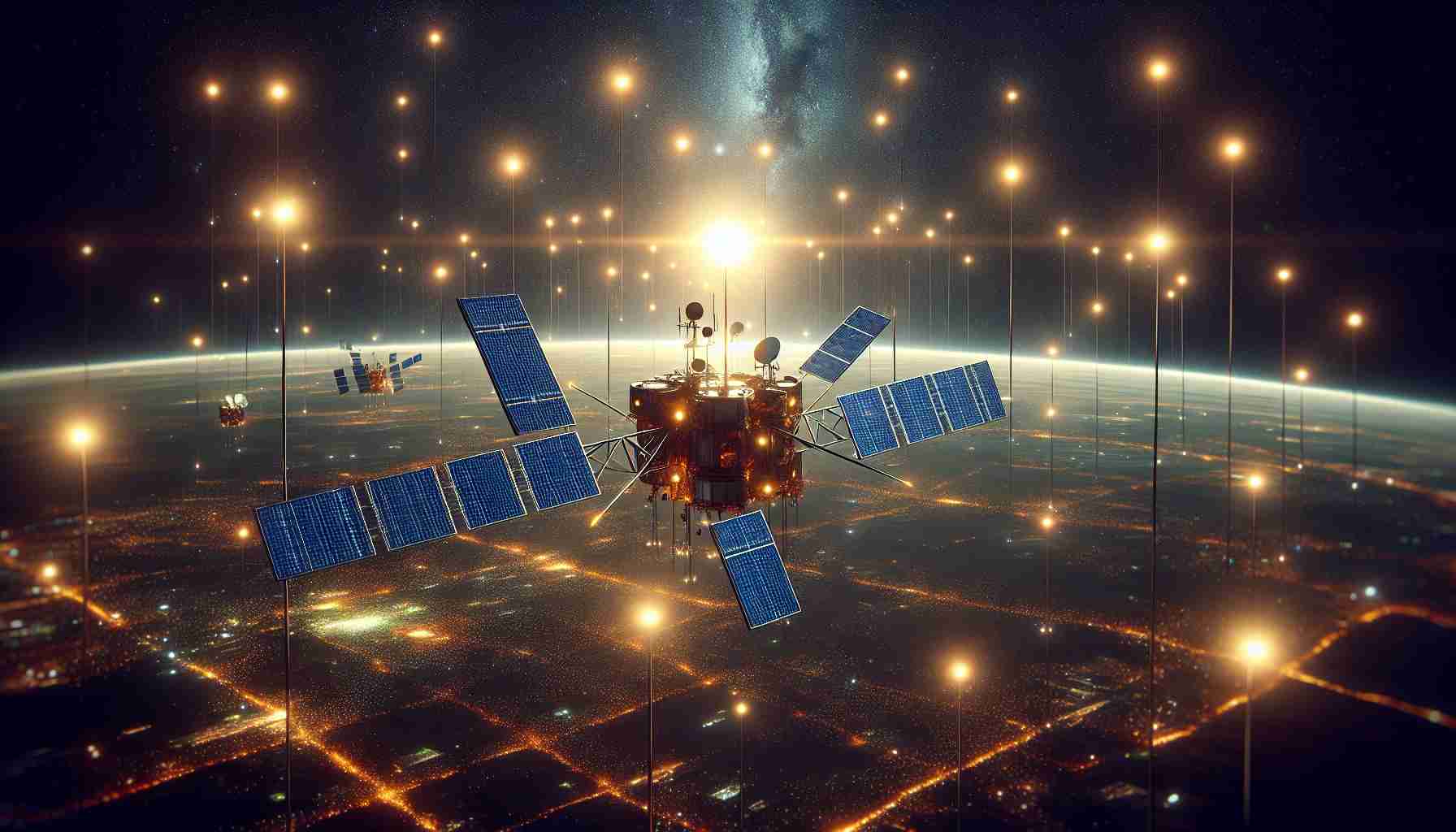New Delhi, 12th December 2024: Elon Musk’s Starlink is on the brink of launching its game-changing ‘Direct to Cell’ satellite internet service in India, poised to impact connectivity like never before. This cutting-edge technology promises seamless internet access and voice communication in regions where conventional mobile networks are absent.
Slated for a 2025 rollout, the ‘Direct to Cell’ service operates without the necessity for cellular towers. It will connect users directly to satellites orbiting the planet, making it universally accessible on existing smartphones—no need for device upgrades.
The implementation of this technology involves four essential steps:
1. Satellite Connection: Users in areas devoid of mobile coverage can link directly to satellites, which means uninterrupted service in hard-to-reach places.
2. LTE Integration: This advancement leverages LTE technology, which previously required a network of towers to function. Now, users can make calls and send messages even in isolated terrains.
3. eNodeB Requirement: A pivotal element of the infrastructure, eNodeB, will enable smartphone-to-satellite connections. Users will need this component to access the satellite network.
4. Role of Telecom Operators: Telecom providers in India will be instrumental in deploying this service. Before launching, Starlink plans to engage with local network operators to finalize access fees, which are yet to be announced.
Union Minister Jyotiraditya Scindia recently underscored the government’s commitment to improving telecom services and enhancing India’s standing in the global space and telecom landscape.
Elon Musk’s Starlink Revolutionizing Connectivity in India: What You Need to Know
Introduction
As we move into 2025, Elon Musk’s Starlink is set to transform connectivity in India with its innovative ‘Direct to Cell’ satellite internet service. This disruptive technology is designed to provide reliable internet access and voice communication in areas traditionally underserved by mobile networks. Here’s an in-depth look at what this service entails, its features, potential limitations, and the implications for users across India.
Key Features of Starlink’s Direct to Cell Service
1. Direct Satellite Connectivity: Unlike conventional mobile networks, this service facilitates direct communication between users and satellites. This revolutionary method ensures that users in remote and challenging terrains can have continuous access to the internet.
2. Compatibility with Existing Devices: One of the standout benefits of ‘Direct to Cell’ technology is that it operates on current smartphones, negating the need for any hardware upgrades. This greatly increases accessibility for users across diverse socioeconomic demographics.
3. Leveraging LTE Technology: By integrating LTE capabilities, Starlink enables users to send messages and make calls—features typically reliant on cellular networks—directly via satellite.
4. Deployment of eNodeBs: The implementation of eNodeB, which serves as the essential link between smartphones and satellites, marks a significant technological advancement. Individuals looking to utilize this service will need to ensure this component is available.
5. Collaboration with Telecom Operators: For successful rollout and sustainability, Starlink will collaborate with local telecom operators. These partnerships are crucial for finalizing operational aspects, including pricing structures and service agreements, which are currently under negotiation.
Use Cases of Direct to Cell
– Remote Work and Education: The introduction of reliable internet access can empower remote workers and students in rural areas, significantly enhancing educational and economic opportunities.
– Emergency Services: In disaster-stricken regions where traditional networks fail, direct satellite communication can be vital for rescue operations and coordination.
– Rural Health Services: Medical practitioners can provide remote consultations and telemedicine services, benefiting patients in isolated conditions.
Potential Limitations
While the ‘Direct to Cell’ service holds immense promise, there are some limitations to consider:
– Initial Setup Costs: The deployment costs of eNodeB and the necessary infrastructure may pose challenges for small operators.
– Service Reliability: As with all satellite communications, users may experience latency and occasional service interruption due to weather conditions or other atmospheric factors.
– Coverage Areas: Initially, some regions may remain uncovered until the complete satellite constellation is operational.
Pricing and Service Fees
As of now, the specific pricing for Starlink’s Direct to Cell service in India has yet to be disclosed. However, given the high setup costs and sophisticated technology, potential users should prepare for a range of subscription options that might cater to various needs and usage levels.
Insights and Predictions
Experts predict that Starlink’s entry into the Indian market will significantly boost competition among telecom providers, potentially leading to better services and prices for consumers. Furthermore, it is expected that this project could pave the way for similar innovations in satellite communication globally.
Conclusion
With the anticipated launch of Starlink’s ‘Direct to Cell’ service, millions in India could finally gain access to reliable internet services, transforming how communication is conducted, especially in remote areas. As the rollout approaches, regulators, telecom operators, and potential users eagerly anticipate a new era of connectivity.
For further information, please visit Starlink.



















